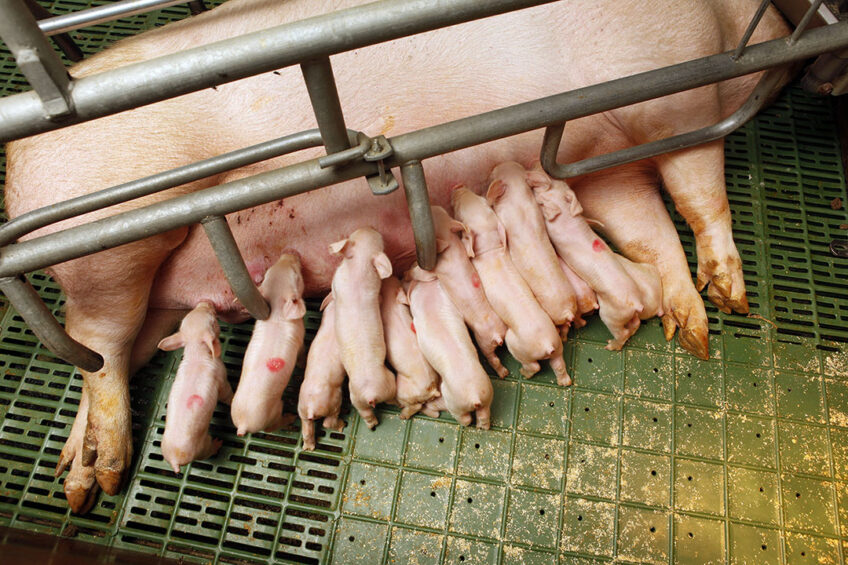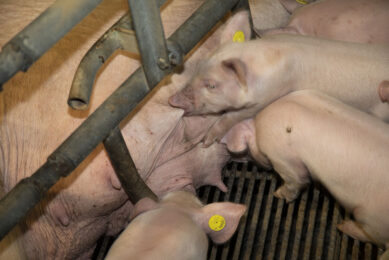Pre-weaning mortality: A losing battle?

Piglet mortality is a growing global problem. As sows are getting more prolific, the number of piglets that drop out on the way will also grow. It leads to fundamental questions about how many casualties the pig industry should be willing to accept, writes pig welfare expert Dr Monique Pairis-Garcia.
Piglet mortality is a significant welfare and production concern impacting producers at the global level. Despite advances in disease control, management and facility design, pre-weaning mortality continues to rise.
Mortality can occur at 3 distinct phases: in utero, during farrowing and post-farrowing. Most of our time spent on the farm focuses on improving post-farrowing mortality by ensuring newborn piglets are dry, receive colostrum and have adequate access to the teat. But what happens before farrowing and how is this time influencing our numbers?
Selection for increased litter size
As an industry we have genetically selected for increased litter size given the number of weaned piglets per sow determines overall farm profitability. However, as absolute litter size increases, piglet survival decreases. One possible explanation for this may come down to natural selection.
From an evolutionary standpoint, pigs give birth to multiple offspring to improve survival rates, ensuring the fittest of the litter survive even in the face of limited resources and extreme conditions. Some work suggests that sows will overproduce offspring to improve overall success of future litters with little to no additional investment from the sow.
This approach pays off in situations where conditions and resources are good and abundant. In this scenario, a larger number of piglets will survive, thus ensuring an even better chance for her genetic line to continue. However, when conditions are not good, piglet mortality increases particularly in low viability piglets that are already compromised before birth.
Can we achieve the number of pigs/sow/year we want without accepting the pre-weaning mortality we have?
Piglets competing for adequate space
In large litters, competition for adequate space and nutrition in the uterus influences overall piglet survival. When uterine resources are limited, larger embryos take more space and nutritional support from the placenta than smaller embryos. These larger embryos are likely to become the strongest and more fit to survive. Combine this with poor farrowing room conditions or disease and piglet survivability will suffer and mortality will continue to increase.
So, the question remains, can we achieve the number of pigs/sow/year we want without accepting the pre-weaning mortality we have? Is it possible that we can manage all piglets post-farrowing well enough to counteract the sow’s own biology?
Or will we, as an industry, need to re-evaluate just how many piglets per litter we strive for?











